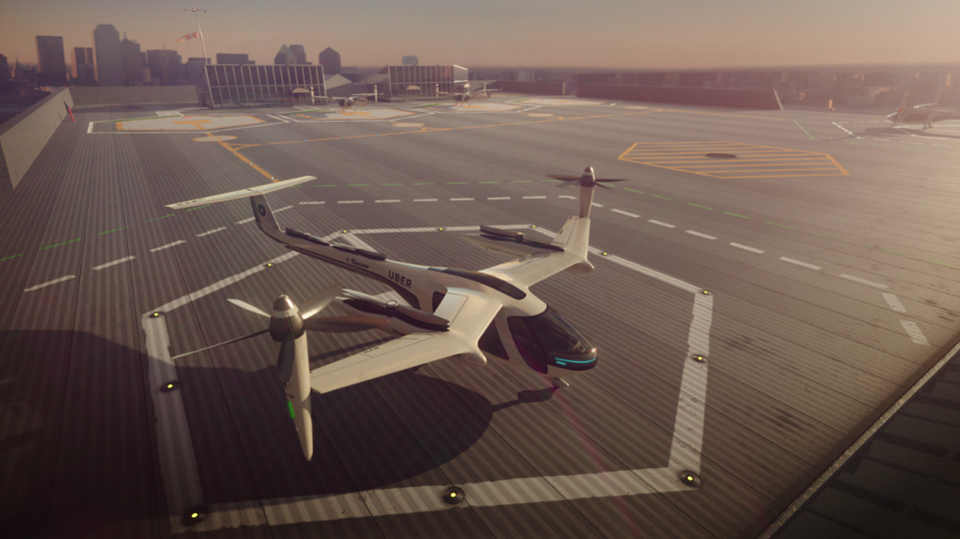Los Angeles has recently been announced as the third city after Dubai and Dallas where ride hailing app Uber will launch UberAir.
UberAir — a network of small electric aircraft that Uber wants to ease the burden of traffic in some of the world’s most densely populated cities — will in all likelihood be a success, if Uber can get it off the ground.
The reason for the eventual success of UberAir (or perhaps some other similar service) is simply because in many of the world’s largest urban areas air travel is needed if cities are going to keep up with growth.
Millions of hours are wasted every day by commuters waiting for delayed trains or drivers stuck in rush hour traffic — the demand is there, the tech is catching up and as long as regulation doesn’t get in the way UberAir will provide the supply.
The service expected to launch in 2020 and will allow travellers to order these electric aircraft at select helipads from their mobile apps, similar to how we currently order Uber cabs.
Uber has partnered with Nasa to develop UberAir’s traffic management system, and wants the service to be a normal part of LA life by 2028, when Olympics are due to be held in the city.

US Tariffs are shifting - will you react or anticipate?
Don’t let policy changes catch you off guard. Stay proactive with real-time data and expert analysis.
By GlobalDataWhat are the benefits of UberAir?
Uber claims that air travel will reduce the burden on road and rail traffic, saving “millions of hours” that are wasted every day worldwide.
It also claims it will be a healthier option, citing a study by the American Journal of Preventative Medicine which found that people who travel more than 10 miles every day have higher blood pressure levels.
Uber boasts the flexibility of air travel over road or rail which are stuck with fixed routes, while air vehicles can roam freely making use of which ever route they want to.
Despite all the proposed benefits of urban air travel however, it is certain to face challenges in its initial stage.
If the aircraft flies over private property at a low altitude does that amount to trespass? Is the service going to be affordable for the mass market or is it simply a tool for the rich to bypass urban congestion? Will the vehicles be safe to fly on?
These questions — and probably far more as yet unseen — will have to be answered by Uber before it gets the go ahead to take to the skies, but none of these questions are an insurmountable barrier.








